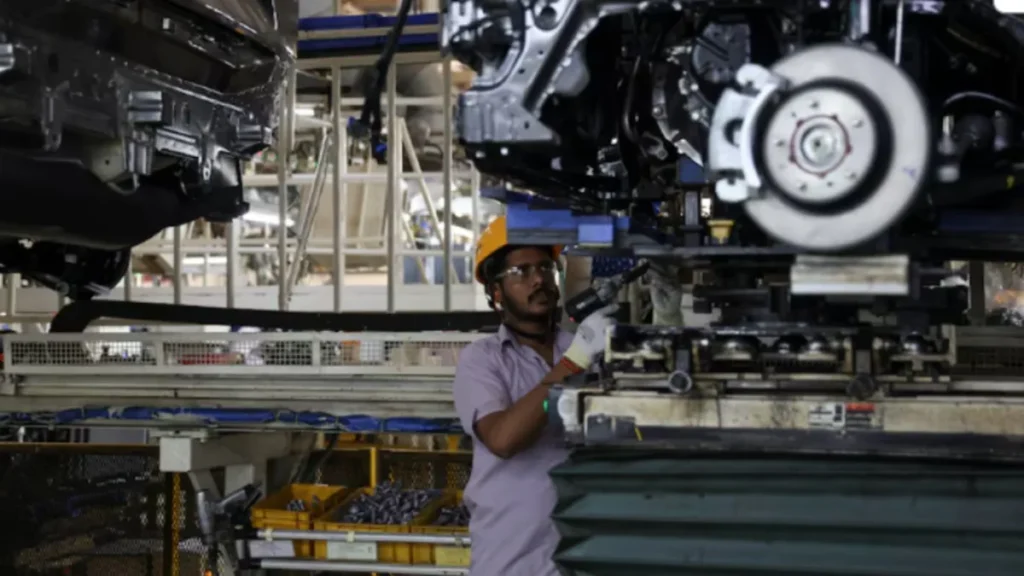NEW DELHI: India’s manufacturing activity highlighted the weakest improvement in operating conditions since February with the seasonally adjusted HSBC India Manufacturing Purchasing Managers Index (PMI) falling from 58.2 in April to 57.6 in May. The headline figure was nevertheless well above both the neutral mark of 50.0 and its long-run average of 54.1.
Per the release, even as May data indicated a robust improvement in business conditions across the manufacturing industry in India, the rates of increase in new orders and output retreated to three-month lows. However, they remained well above their respective long-run averages.
Pranjul Bhandari, Chief India Economist at HSBC, said, “India’s May manufacturing PMI signalled another month of robust growth in the sector, although the rate of expansion in output and new orders eased from the previous month.
According to panellists, demand strength continued to support sales and production but factors like competition, inflation and the India-Pakistan conflict had reportedly weighed on growth.
While ongoing increases in new orders continued to support output, rates of expansion receded to their weakest in three months. Companies being monitored by S&P Global linked growth to healthy domestic and international demand, alongside successful marketing initiatives. However, it added, the upturn was curbed by cost pressures, fierce competition and the India-Pakistan conflict.
Furthermore, new export orders rose at one of the strongest rates recorded in three years on favourable demand from Asia, Europe, the Middle East and the US.
Meanwhile, goods producers increased their purchases and hiring with the latter experiencing a series-record upturn. At the same time, costs rose to a six-month high, and selling prices were raised the most in about 11 and a half years.
“The acceleration in employment growth to a new peak is certainly a positive development. Input cost inflation is picking up, but manufacturers seem to be able to lessen the pressure on profit margins by raising output prices,” said Pranjul Bhandari.
With positive sales developments, companies went ahead with purchasing additional inputs for use in production processes. The pace of expansion was sharp and eased only marginally since April. Firms also hired additional staff in May, with the rate of job creation climbing to a new series record. Among the 12 per cent of panellists that reported higher headcounts, the creation of permanent job roles featured more prominently than that of short-term positions.
Manufacturing companies saw another monthly rise in input costs. They said aluminium, cement, iron, leather, rubber, and sand were the main drivers. Overall, inflation was strong and the highest since November 2024.
In addition to greater material costs, manufacturers also reported greater outlays on freight and labour. As a result of rising operating expenses and supported by strong demand, firms increased their selling prices in May.
Source: The Financial Express

 Trump’s ‘Big Beautiful Budget Bill’ Is A Disaster For Black Workers In America
Trump’s ‘Big Beautiful Budget Bill’ Is A Disaster For Black Workers In America 